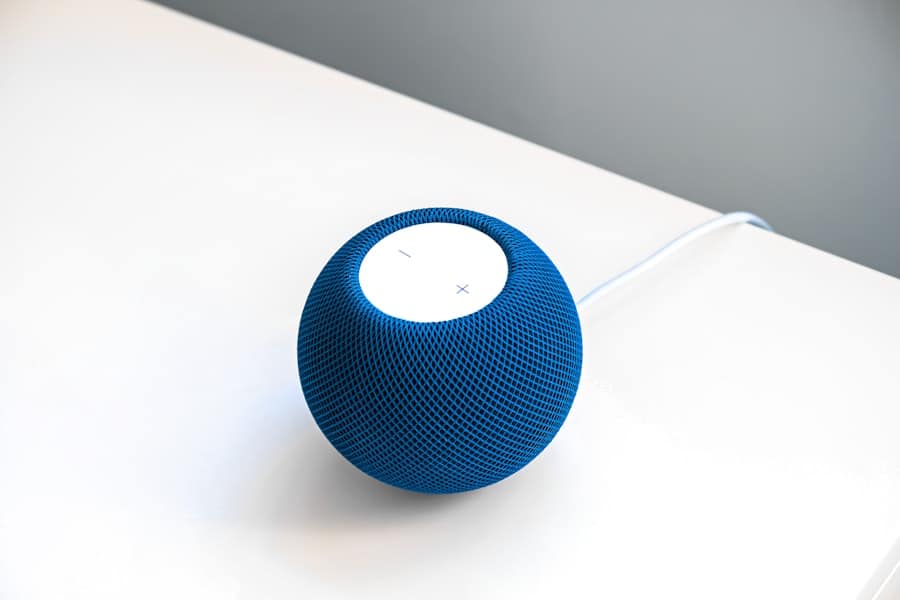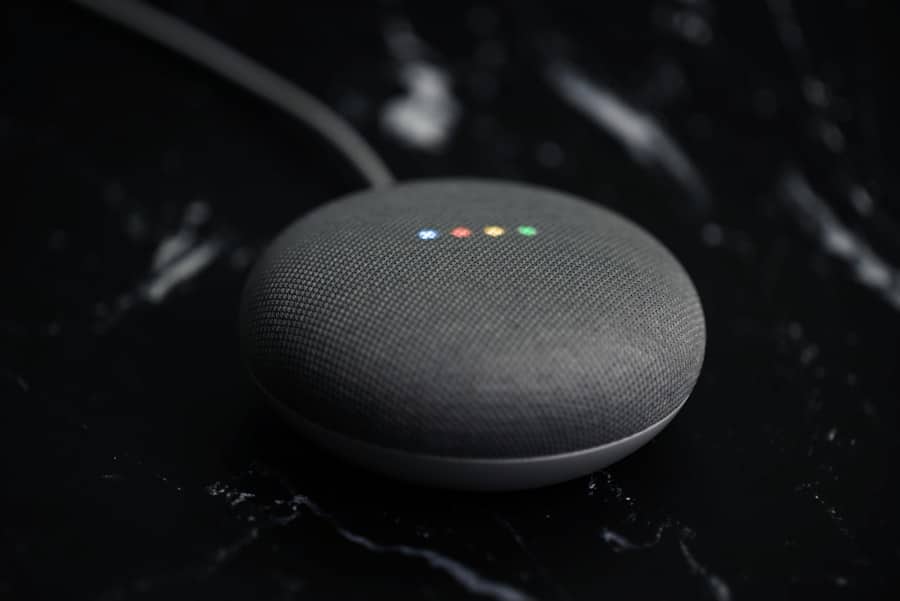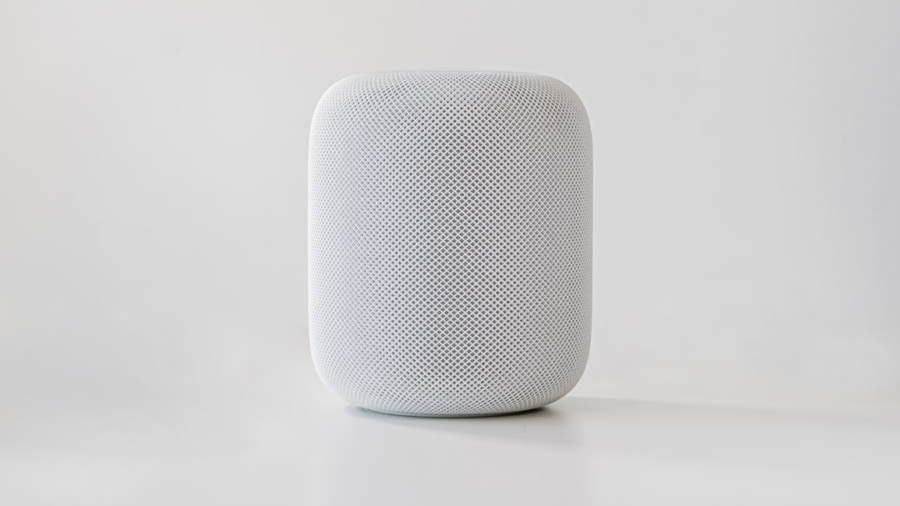The concept of multi-room audio has undergone a remarkable transformation since its inception. Initially, the idea was limited to wired systems that required extensive installation and often involved cumbersome setups. Early adopters of multi-room audio systems had to contend with a labyrinth of cables and complex configurations, which made the technology accessible only to a niche market of audiophiles and tech enthusiasts.
The introduction of wireless technology in the late 1990s and early 2000s marked a significant turning point. Systems like Sonos emerged, allowing users to stream music seamlessly across multiple rooms without the need for physical connections. This innovation not only simplified the user experience but also democratized access to high-quality audio throughout the home.
As technology continued to advance, so did the capabilities of multi-room synchronization. The integration of Wi-Fi and Bluetooth technologies allowed for greater flexibility and ease of use. Users could now control their audio systems from smartphones or tablets, enabling them to curate playlists and adjust settings from anywhere in the house.
The rise of streaming services further fueled this evolution, as platforms like Spotify and Apple Music provided vast libraries of music that could be enjoyed in any room. The development of protocols such as Apple’s AirPlay and Google Cast facilitated even more seamless integration, allowing devices from different manufacturers to communicate effectively. This evolution has not only enhanced the listening experience but has also paved the way for a more interconnected smart home ecosystem.
Key Takeaways
- Multi-room synchronization has evolved from simple wired systems to advanced wireless technologies, allowing seamless audio playback across different rooms.
- Smart audio devices play a crucial role in multi-room synchronization, enabling users to control and synchronize audio playback through voice commands or mobile apps.
- While multi-room synchronization presents challenges such as network connectivity and compatibility issues, it also offers opportunities for personalized audio experiences and enhanced convenience.
- Multi-room synchronization significantly impacts user experience by providing flexibility, immersive sound, and the ability to create customized audio zones within a home or commercial space.
- Trends and innovations in multi-room synchronization technology include the integration of AI assistants, improved sound quality, and the development of open-source platforms, shaping the future of smart audio systems.
The Role of Smart Audio in Multi-Room Synchronization
Seamless Multi-Room Audio Experience
Smart speakers, such as Amazon Echo and Google Nest, serve as the central hub for multi-room audio systems, allowing users to control their entire audio setup with simple voice commands. This integration of smart technology has made it easier than ever to synchronize music across different rooms, enhancing daily life with a cohesive auditory experience.
Personalized Audio Experience
Smart audio systems are designed to learn user preferences over time, analyzing listening habits and patterns to suggest playlists or adjust volume levels based on the time of day or specific activities. For instance, a user might find that their smart speaker automatically plays calming music in the evening while transitioning to upbeat tracks during morning routines. This level of personalization not only enriches the user experience but also fosters a deeper connection between individuals and their audio environments.
The Future of Multi-Room Synchronization
As smart audio technology continues to evolve, we can expect to see even more sophisticated features that enhance multi-room synchronization. For example, spatial audio capabilities could create immersive soundscapes throughout the home, further enriching the audio experience. With the rapid advancement of smart audio technology, the possibilities for multi-room synchronization are endless.
Challenges and Opportunities in Multi-Room Synchronization

Despite the advancements in multi-room synchronization technology, several challenges remain that can hinder user experience. One significant issue is network reliability. Multi-room audio systems rely heavily on Wi-Fi connectivity, and any disruptions in the network can lead to interruptions in playback or synchronization issues between devices.
Additionally, varying levels of Wi-Fi signal strength in different areas of a home can create inconsistencies in sound quality and performance. However, these challenges also present opportunities for innovation within the industry.
Manufacturers are increasingly focusing on developing solutions that enhance network stability and performance. Mesh Wi-Fi systems, for example, have gained popularity as they provide broader coverage and eliminate dead zones within homes. Furthermore, advancements in audio compression technologies can help reduce bandwidth requirements without sacrificing sound quality, making it easier for users to enjoy synchronized audio across multiple rooms even in less-than-ideal network conditions.
As companies continue to address these challenges, we can expect to see more robust and reliable multi-room synchronization solutions that cater to a wider audience.
The Impact of Multi-Room Synchronization on User Experience
The impact of multi-room synchronization on user experience is profound and multifaceted. One of the most significant benefits is the ability to create an immersive auditory environment that enhances various activities within the home. Whether hosting a gathering, enjoying a quiet evening alone, or engaging in family activities, synchronized audio can elevate the atmosphere and foster a sense of connection among individuals.
For instance, during a dinner party, hosts can play background music that flows seamlessly from room to room, creating an inviting ambiance that encourages conversation and enjoyment. Moreover, multi-room synchronization allows for greater flexibility in how users consume audio content. With the ability to control playback from different devices throughout the home, individuals can easily transition from one room to another without missing a beat.
This fluidity is particularly beneficial for families with diverse interests; while one member may prefer listening to a podcast in the kitchen, another can enjoy music in the living room simultaneously. The convenience of synchronized audio not only enhances individual experiences but also promotes shared moments among family members and friends, ultimately enriching social interactions within the home.
Trends and Innovations in Multi-Room Synchronization Technology
As technology continues to evolve, several trends are shaping the future of multi-room synchronization. One notable trend is the increasing integration of artificial intelligence (AI) into audio systems. AI-driven features enable devices to learn user preferences and adapt accordingly, providing personalized recommendations and automating playback based on specific contexts or routines.
For example, an AI-enabled system might recognize when a user typically listens to music while cooking and automatically queue up relevant playlists at that time. Another significant trend is the rise of spatial audio technology, which aims to create a more immersive listening experience by simulating three-dimensional soundscapes. This innovation allows users to perceive sound as if it were coming from various directions rather than just from speakers positioned around them.
As spatial audio becomes more mainstream, it is likely that multi-room synchronization will incorporate these capabilities, allowing users to enjoy a more dynamic auditory experience throughout their homes.
The Future of Multi-Room Synchronization in Smart Homes

Increased Integration of IoT Devices
One potential development is the increased integration of Internet of Things (IoT) devices within multi-room audio systems. As more household appliances become connected to the internet, there will be opportunities for seamless interaction between audio systems and other smart devices.
Immersive Experiences and Personalization
For instance, users might be able to synchronize their lighting with music playback, creating an immersive environment that responds dynamically to audio cues. Additionally, advancements in machine learning could lead to even more sophisticated personalization features within multi-room synchronization systems. By analyzing user behavior across various devices and contexts, these systems could anticipate needs and preferences with remarkable accuracy.
Enhanced User Experience
Imagine a scenario where your audio system not only plays your favorite songs but also adjusts volume levels based on ambient noise or suggests new music based on your mood detected through voice analysis. Such innovations would further enhance user experience and solidify multi-room synchronization as an integral part of modern smart homes.
The Integration of Voice Control in Multi-Room Synchronization
Voice control has emerged as a game-changer in the realm of multi-room synchronization, providing users with an intuitive way to manage their audio environments without needing physical interaction with devices. Smart speakers equipped with voice assistants like Amazon Alexa or Google Assistant allow users to issue commands such as “play my party playlist in the living room” or “pause music in the kitchen.” This hands-free approach not only simplifies control but also enhances accessibility for individuals who may have difficulty using traditional interfaces. The integration of voice control also opens up new possibilities for automation within multi-room synchronization systems.
Users can create routines that trigger specific audio settings based on time or events; for example, saying “good morning” could prompt the system to play uplifting music throughout the house while gradually increasing the volume as part of a morning wake-up routine. As voice recognition technology continues to improve, we can expect even greater accuracy and responsiveness from these systems, making them an indispensable part of modern multi-room audio setups.
The Potential for Multi-Room Synchronization in Commercial Spaces
While much of the focus on multi-room synchronization has been on residential applications, there is significant potential for this technology in commercial spaces as well. Businesses such as restaurants, retail stores, and hotels can benefit immensely from synchronized audio systems that create cohesive atmospheres tailored to specific customer experiences. For instance, a restaurant might use multi-room synchronization to play ambient music throughout dining areas while adjusting volume levels based on customer traffic patterns or time of day.
Moreover, commercial spaces can leverage multi-room synchronization for marketing purposes by broadcasting promotional messages or advertisements across multiple zones simultaneously. This capability allows businesses to engage customers effectively while maintaining a consistent brand identity through curated soundscapes. As more companies recognize the value of creating immersive environments through synchronized audio experiences, we can expect to see increased adoption of this technology across various commercial sectors.
From its early days as a niche market offering complex wired systems to its current state as an integral part of smart homes and commercial spaces alike, this technology continues to shape how we experience sound in our daily lives. As we look toward the future, innovations such as AI integration, spatial audio capabilities, and enhanced voice control will undoubtedly further enrich our interactions with multi-room synchronization systems.
If you are interested in the latest trends in technology, you may also want to check out this article on how to start affiliate marketing in 2023. This article provides valuable insights into the world of affiliate marketing and how you can get started in this lucrative industry. It’s always important to stay informed about the latest advancements in technology, whether it’s multi-room synchronization for smart audio or new ways to monetize your online presence.
FAQs
What is multi-room synchronization for smart audio?
Multi-room synchronization for smart audio refers to the ability to play audio in multiple rooms simultaneously, with all speakers playing the same audio in perfect synchronization. This allows for a seamless and immersive audio experience throughout a home or other space.
How does multi-room synchronization for smart audio work?
Multi-room synchronization for smart audio typically works through a combination of wireless connectivity, network communication, and advanced audio processing. Smart speakers or audio devices communicate with each other and with a central control system to ensure that audio is played in perfect sync across multiple rooms.
What are the benefits of multi-room synchronization for smart audio?
The benefits of multi-room synchronization for smart audio include the ability to create a cohesive audio experience throughout a space, the convenience of controlling audio playback in multiple rooms from a single device or app, and the flexibility to customize audio zones and groupings based on user preferences.
What are some popular smart audio systems that offer multi-room synchronization?
Popular smart audio systems that offer multi-room synchronization include Sonos, Bose SoundTouch, Yamaha MusicCast, and Denon HEOS. These systems typically offer a range of compatible speakers and audio devices that can be easily integrated and synchronized for multi-room audio playback.
What is the future of multi-room synchronization for smart audio?
The future of multi-room synchronization for smart audio is likely to involve continued advancements in wireless connectivity, audio processing technology, and integration with other smart home devices and systems. This may lead to even more seamless and intuitive multi-room audio experiences for users.

